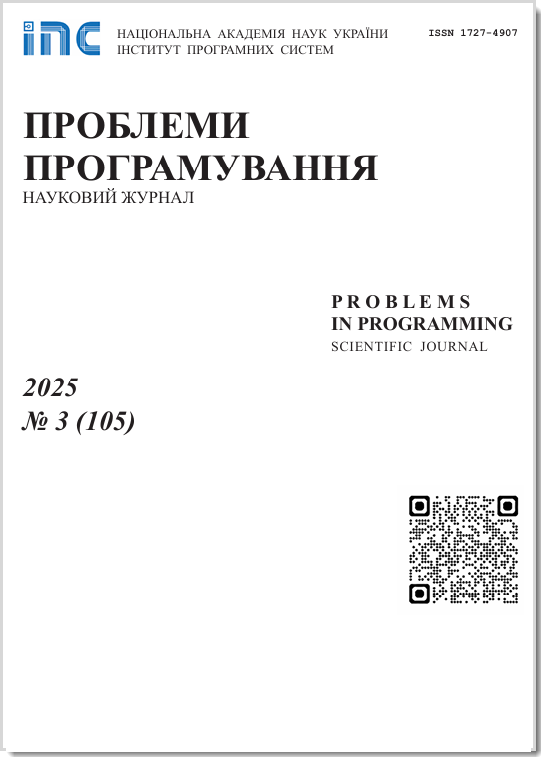Forecasting electrical energy consumption for 24 hours ahead at country scale
Abstract
For a long period, Ukraine had only one market for electrical energy. That was the market of bilateral agreements that wasn’t flexible enough to balance the interests of consumers and suppliers of electricity. Such agreements could span weeks, months, or even years. Several years ago, Ukraine adopted the European mod el that assumes the following four markets: bilateral, day-ahead, intraday, and balancing. Despite the electricity market models in Europe having some differences, this was also a significant step forward in liberalizing electricity trading between countries. This work applies standard regression techniques to forecast the country-wide consumption of electrical energy. All considered machine learning algorithms are available as a part of the scikit-learn library. This article demonstrates that proper forecasting model selection is a multi-stage process that may involve data selection, data preprocessing, data augmentation, selection of machine learning algorithm, optimization of hyperparameters, etc. Besides the fine-tuning of regression hyperparameters, several data preparation techniques are employed to improve the forecasting accuracy. To measure the influence of input parameters we used the nearest neighbors regression model. This machine learning algorithm provides quite competitive results and has a sma ll number of hyperparameters to optimize. The comparison of regression algorithms with classic instruments like multi-layer perceptron, support vector machine, and linear regression was done. Two different training approaches were used for multi-layer perceptron: quasi-Newton optimizer and stochastic gradient descent. It is demonstrated that forecasting for 24 hours ahead is possible with good accuracy and has practical significance. While all computations for this work were done on a regular 8-core machine, the creation of the MLOps pipeline may require much more powerful computation resources.
Problems in programming 2024; 2-3: 147-154
Keywords
Full Text:
PDF (Українська)References
A new model of the electricity market has been launched in Ukraine. https://expro.com.ua/en/tidings/a-new-modelof-the-electricity-market-has-been-launchedin-ukraine
M. Osińska, M. Kyzym, V. Khaustova, O. Ilyash, T. Salashenko, Does the Ukrainian electricity market correspond to the European model? in: Utilities Policy (2022), 1–14. CrossRef
A. Doroshenko, D. Zhora, O. Savchuk, O. Yatsenko, Application of machine learning techniques for forecasting electricity generation and consumption in Ukraine, in: Proceedings of IT&I 2023, 2023, pp. 136-146.
Van Wyk, Encoding Cyclical Features for Deep Learning. https://www.kaggle.com/code/avanwyk/encoding-cyclical-features-for-deep-learning
Scikit-learn: Machine Learning in Python. https://scikitlearn.org/stable/
Feature selection with scikit-learn library. https://scikit-learn.org/stable/modules/feature_selection.html
S. Haykin, Neural networks: a comprehensive foundation, Prentice Hall, 1998.
V. N. Vapnik, Statistical learning theory, Wiley, 1998.
M. Bishop, Pattern recognition and machine learning, Springer, 2006. https://www.microsoft.com/enus/research/uploads/prod/2006/01/Bish
Pattern-Recognition-and-Machine-Learning2006.pdf
G. Novack, Deploy Sci-kit Learn models in .NET Core Applications. https://towardsdatascience.com/deploy-scikit-learn-models-in-net-core applications90e24e572f64
X. Dupre, O. Grisel, Accelerate and simplify Scikit-learn model inference with ONNX Runtime. https://cloudblogs.microsoft.com/opensource/2020/12/17/accelerate-simplify-scikit-learnmodel-inference-onnx-runtime/
DOI: https://doi.org/10.15407/pp2024.02-03.147
Refbacks
- There are currently no refbacks.









